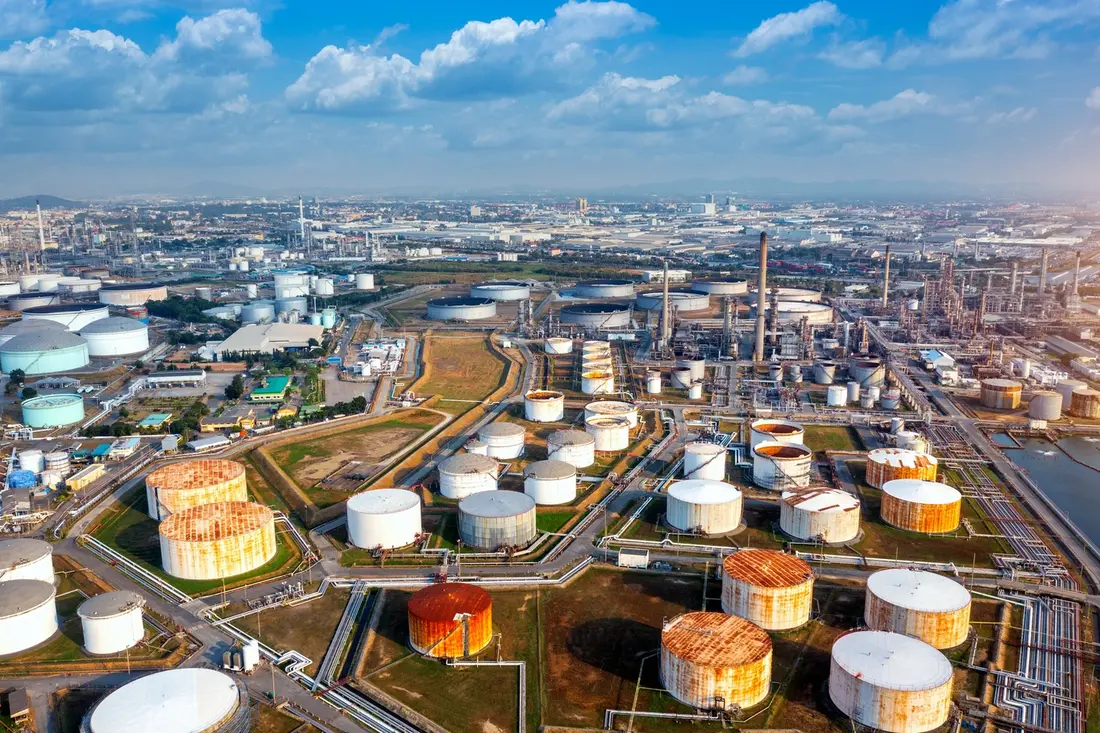
Fatigue Management for the Front Lines: How Fatigue Plus Supports Field Workers in Harsh Conditions
Field workers are the backbone of industries such as mining, construction, oil and gas, and...

In high-demand industries such as mining, construction,
logistics, and energy, workers face physically and mentally exhausting tasks
every day. Long hours, heavy machinery, and challenging environments often
leave employees vulnerable to fatigue, reduced focus, and slower recovery.
While traditional safety measures have focused on preventing accidents, the
next frontier in workplace safety lies in fitness and recovery monitoring.
This is where Fatigue Plus technology steps in, offering a
transformative way to track worker health, recovery, and performance in real
time.
Why Fitness and Recovery Matter
Industrial workers rely heavily on their physical strength,
stamina, and mental alertness to perform effectively. However, repetitive
strain, irregular shift schedules, and insufficient rest can quickly deplete
energy reserves. Without proper recovery, fatigue accumulates, leading to
higher risks of accidents, injuries, and burnout. Monitoring both fitness
levels and recovery is therefore essential—not just for productivity, but for
long-term worker well-being.
Research shows that inadequate recovery impacts reaction
time, decision-making, and even emotional stability. In industries where one
mistake can endanger lives, ensuring that workers are fit for duty each day is
non-negotiable.
Fatigue Plus: A Smart Solution
Fatigue Plus is more than a monitoring device—it is an
intelligent system designed to assess fitness, track recovery, and prevent
fatigue-related incidents. By combining wearable technology with predictive
analytics, it provides both workers and management with actionable insights.
Key features of Fatigue Plus include:
Enhancing Worker Health and Safety
With Fatigue Plus, workers gain the ability to monitor their
own recovery patterns, encouraging healthier sleep routines, hydration, and
stress management. This proactive approach empowers individuals to take control
of their well-being while also reducing risks of workplace accidents. Over
time, improved recovery contributes to stronger resilience, fewer sick days,
and a healthier workforce overall.
Boosting Productivity Through Smarter Monitoring
From an organizational perspective, Fatigue Plus translates
directly into better performance. Workers who are properly recovered are more
focused, efficient, and capable of handling demanding tasks. This leads to
fewer errors, less downtime, and reduced costs related to injuries and
absenteeism. By integrating fitness and recovery monitoring into daily
operations, companies can maintain high productivity without sacrificing worker
health.
Building a Sustainable Safety Culture
The role of Fatigue Plus goes beyond technology—it helps
establish a culture of safety and prevention. By making fitness and recovery
visible, companies send a clear message: employee well-being is a priority.
This strengthens trust between workers and management while aligning with
international safety standards and corporate sustainability goals.
Conclusion
Fitness and recovery monitoring are no longer optional in
high-risk industries—they are essential. Fatigue Plus technology provides the
tools to measure, predict, and manage fatigue, ensuring workers remain healthy,
safe, and productive. By focusing on both performance and recovery,
organizations can move from reactive safety measures to proactive health
management. Fatigue Plus is not just a device; it is a vital step toward
building safer, stronger, and more sustainable workplaces.